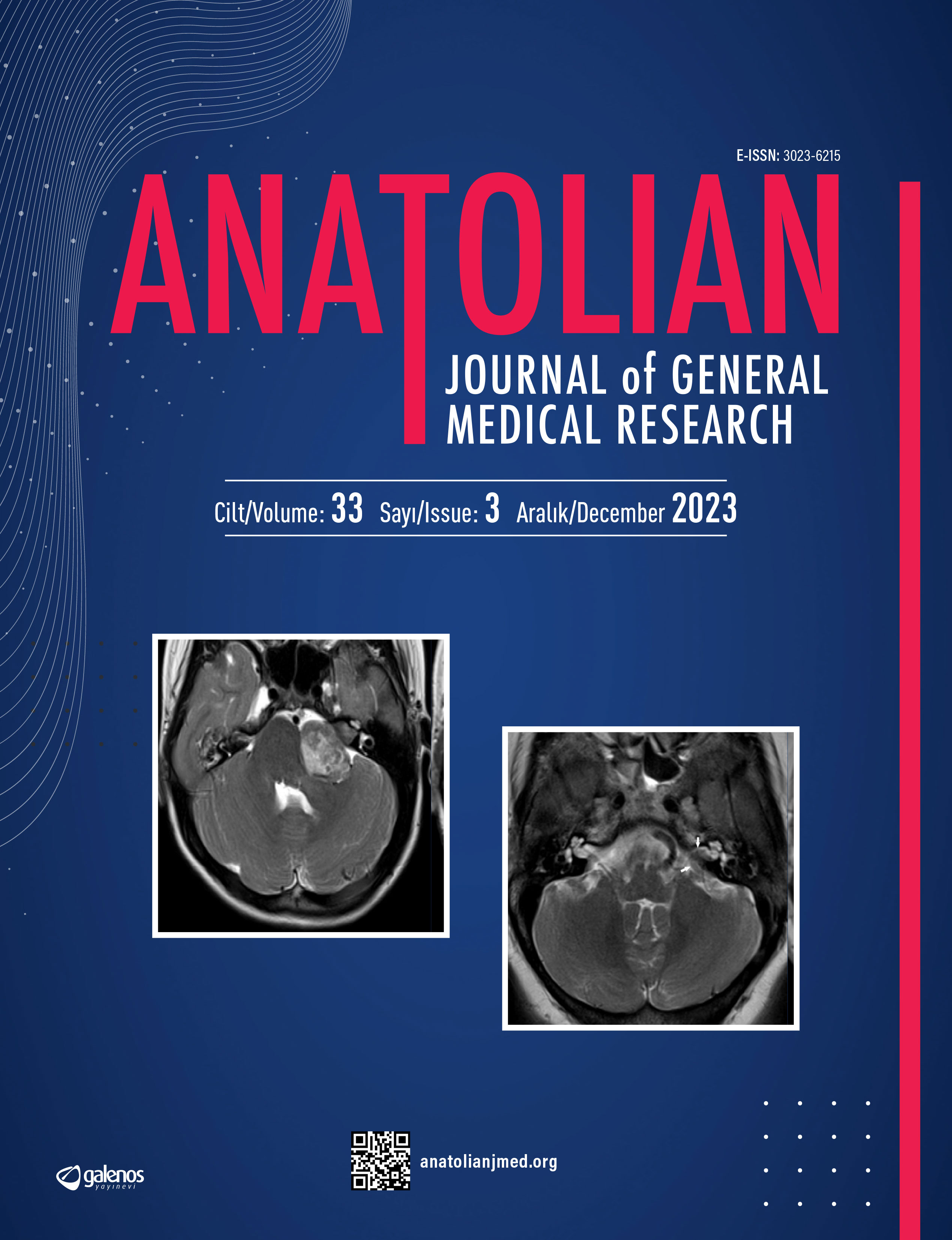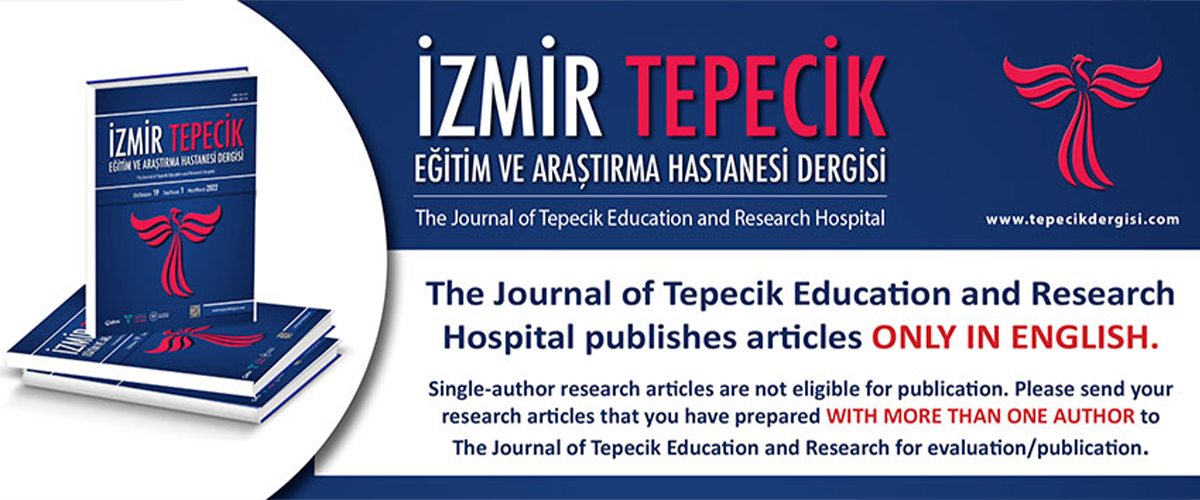








The Use of the Impulse Oscillometry Method in Evaluating the Respiratory Function of Children with Asthma
Esra Toprak Kanık, Özge Yılmaz, Yurda Şimşek, Hasan YükselCelal Bayar University Faculty of Medicine, Department of Pediatric Allergy and Pulmonology, Manisa, TurkeyObjective: Asthma is a chronic inflammatory lung disease. Classic spirometry is the gold standard in asthma follow-up. Howewer, the evaluation of asthma control can be difficult particularly in younger children due to limited cooperation and adaptability. Impulse oscillometry (IOS), shows the airway resistance and reactance with minimal patient cooperation and simple method of use. Our study aims to evaluate the use of IOS in monitoring asthma control.
Methods: The study included 80 newly diagnosed asthma and did not have asthma exacerbation patients between the ages of 6-17 who were asymptomatic, along with 34 healthy individuals as a control group. The sociodemographic features such as age, sex and height were noted. Classic spirometry obtained the forced expiratory volume (FEV1), FEV1/forced vital capacity (FVC), FVC, forced expiratory flow between 25-75% (FEF 25-75) and peak expiratory flow (PEF) values, whereas IOS acquired the R5, R10, R15 (resistance), X5, X10 and X15 (reactance) values.
Results: The mean age for children with asthma was 11.4±2.8 and 11.9±3.1 for the control group. When compared to the control group, the FEV1/FVC, FEF25/75 and PEF values of asthma patients were discovered to be significantly lower (p=0.040, p=0.007, p=0.02 respectively). At the same time, asthma patients R5 and R10 values reflecting the small airway resistance were found to be significantly higher compared to the control group (p=0.009, p=0.031 respectively). Moreover, the X5 value representing small airway compliance was found to be significantly smaller in asthma patients compared to the control group (p=0.014).
Conclusion: IOS is easy to use, requiring a scarce amount of patient cooperation in determining the respiratory functions in asthma patients, allowing for a safe method for monitoring asthma control at a young age.
Corresponding Author: Hasan Yüksel, Türkiye
Manuscript Language: English
(447 downloaded)




